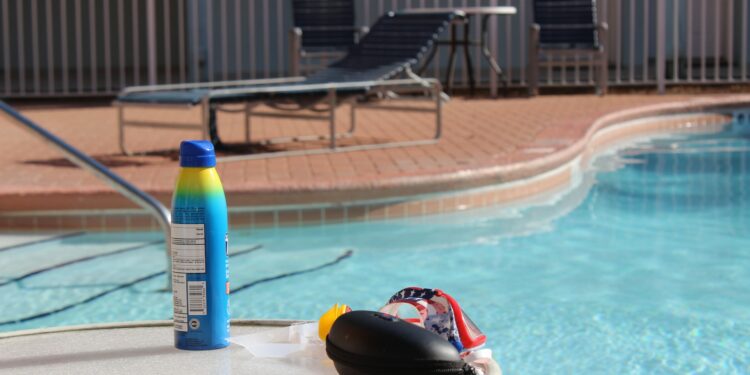They are doing more harm than good.
If you’re fortunate enough to enjoy sunny weather this Memorial Day Weekend, applying sunscreen is likely part of your outdoor routine. However, a recent report from the Environmental Working Group (EWG) reveals that many sunscreens on the market may not be as safe or effective as expected. After analyzing more than 2,200 sunscreens sold in the U.S., only around 500 met EWG’s safety and performance standards. The findings raise concerns about misleading product claims, outdated formulas, and potentially harmful ingredients.
One of the main issues highlighted in the report is the lack of updates to federal sunscreen regulations, which have remained largely unchanged since 1999. Despite growing research on chemical absorption through the skin and its possible health impacts, many manufacturers continue using ingredients flagged by the FDA for further safety review. The EWG warns that some of these substances are linked to hormone disruption, yet companies often avoid conducting new safety studies, taking advantage of regulatory gaps instead.
Mineral sunscreens, which use ingredients like zinc oxide and titanium dioxide, are generally considered safer and more effective. These compounds form a physical barrier on the skin, reflecting UV rays without being absorbed into the bloodstream. In contrast, chemical sunscreens work by absorbing UV radiation and converting it into heat, a process that can allow certain chemicals to enter the bloodstream. Fortunately, the use of problematic ingredients such as oxybenzone and vitamin A has decreased significantly in recent years due to concerns about health risks and environmental harm.
Consumers should be mindful when selecting sunscreens. According to the EWG, many products contain hidden fragrance blends that may include allergens and hormone disruptors. High SPF numbers can also be misleading, as SPF 30 to 50 typically provides adequate protection when used correctly, and higher values may encourage overexposure. Additionally, some mineral products use chemical “boosters” to inflate SPF ratings, potentially compromising safety. Another concern is insufficient UVA protection, which is not always reflected in SPF values but is essential for preventing long-term skin damage.
Spray sunscreens pose further risks. Despite proposed safety guidelines in 2019, aerosol products remain under scrutiny due to potential inhalation hazards and past contamination issues, including benzene detection in multiple products between 2021 and 2023. The EWG urges consumers to read labels carefully and prioritize products with transparent ingredient lists, broad-spectrum protection, and minimal chemical additives.

































Discussion about this post